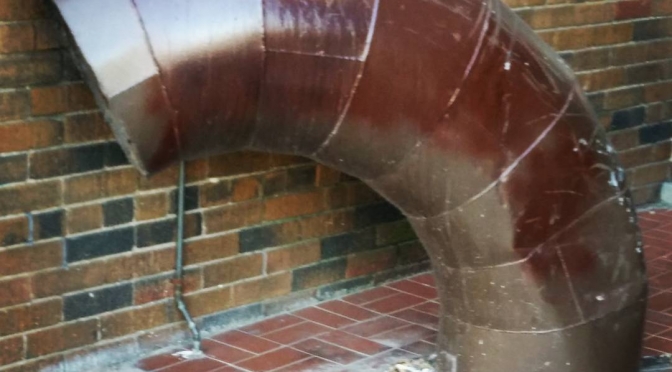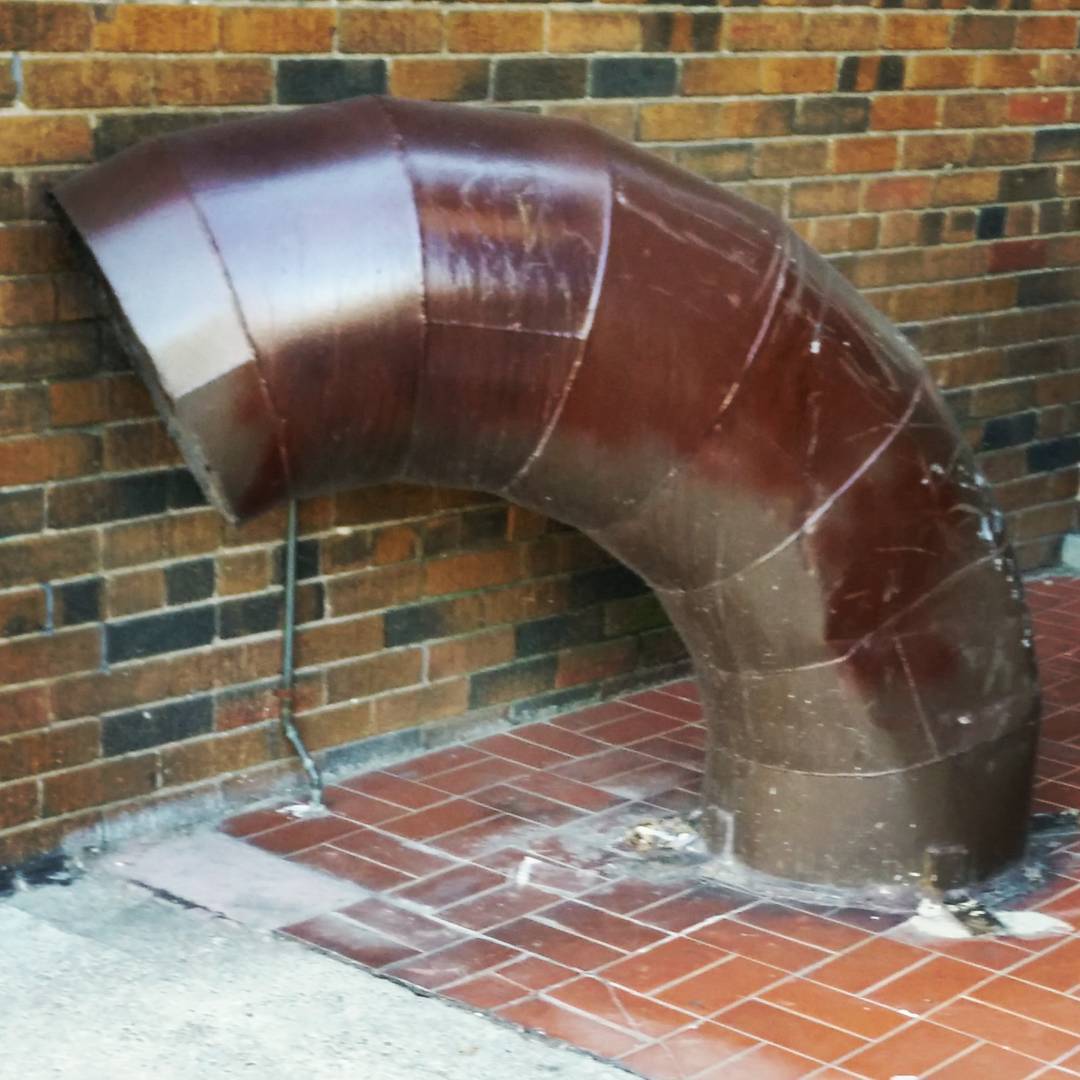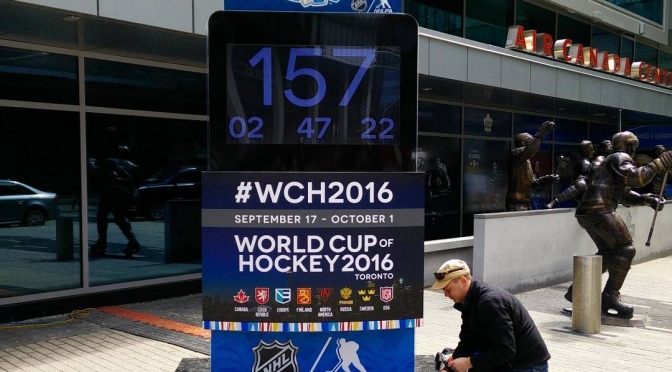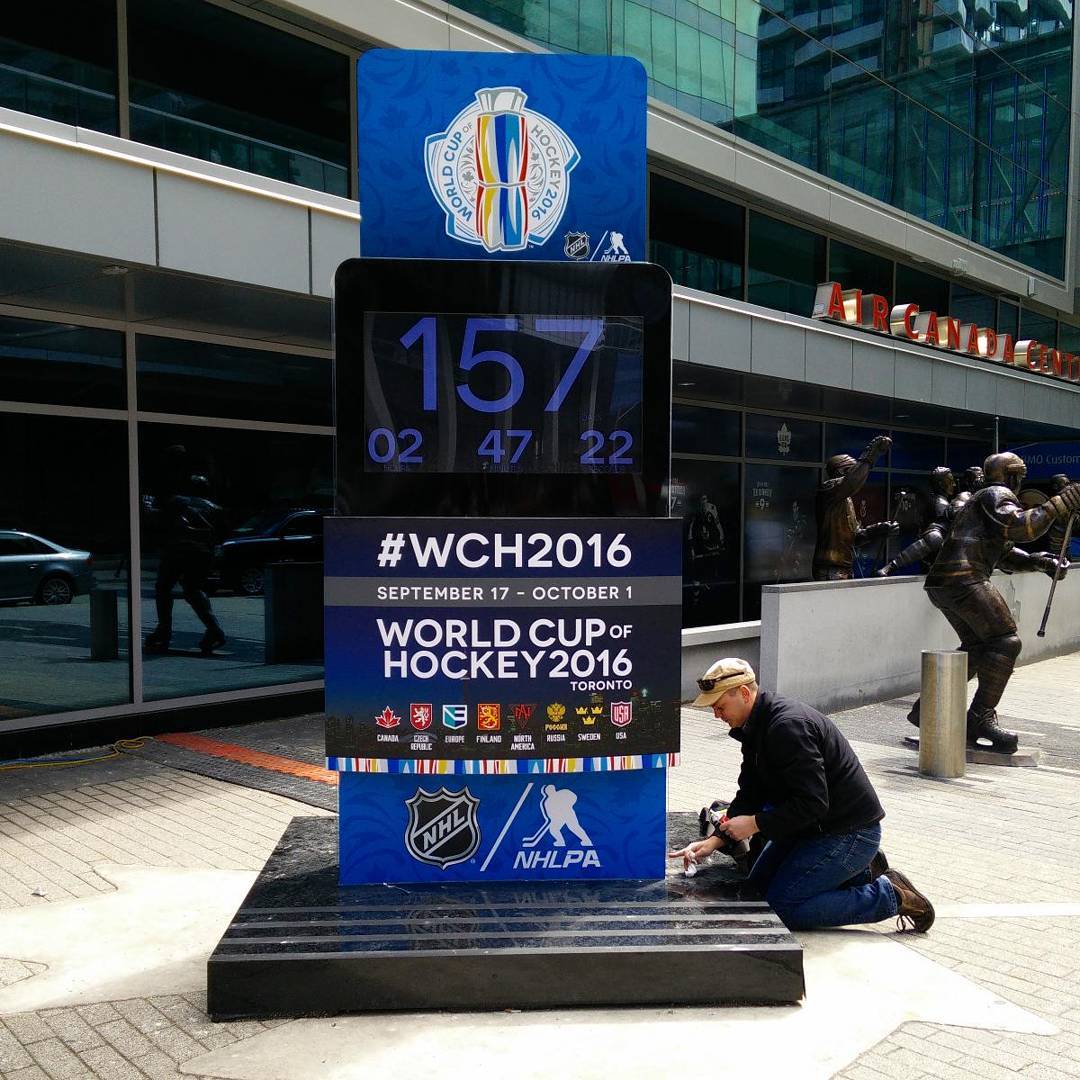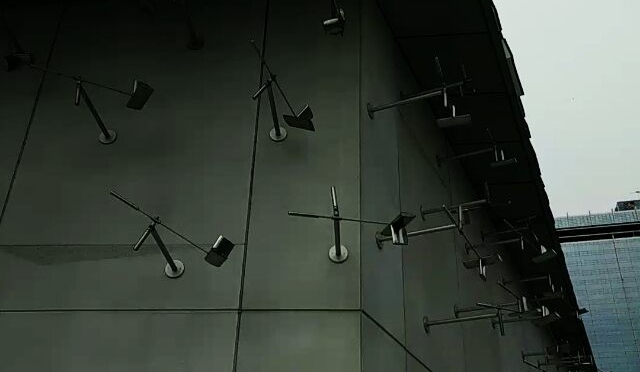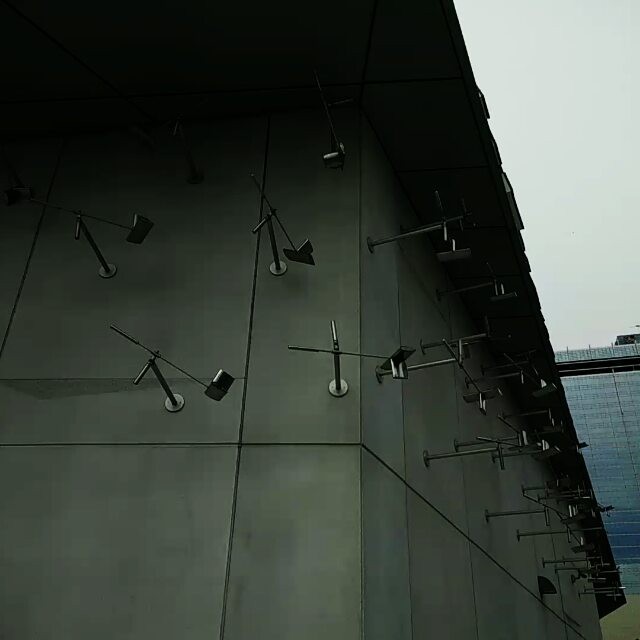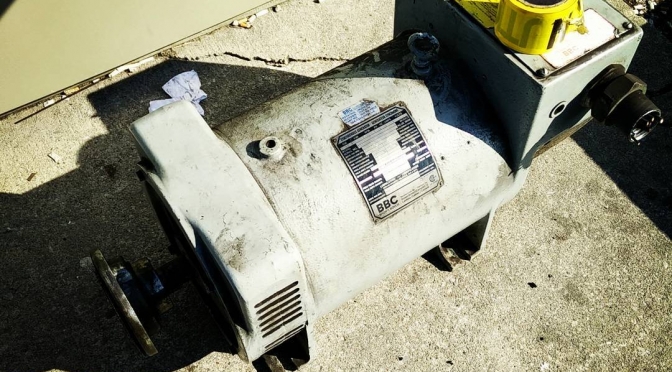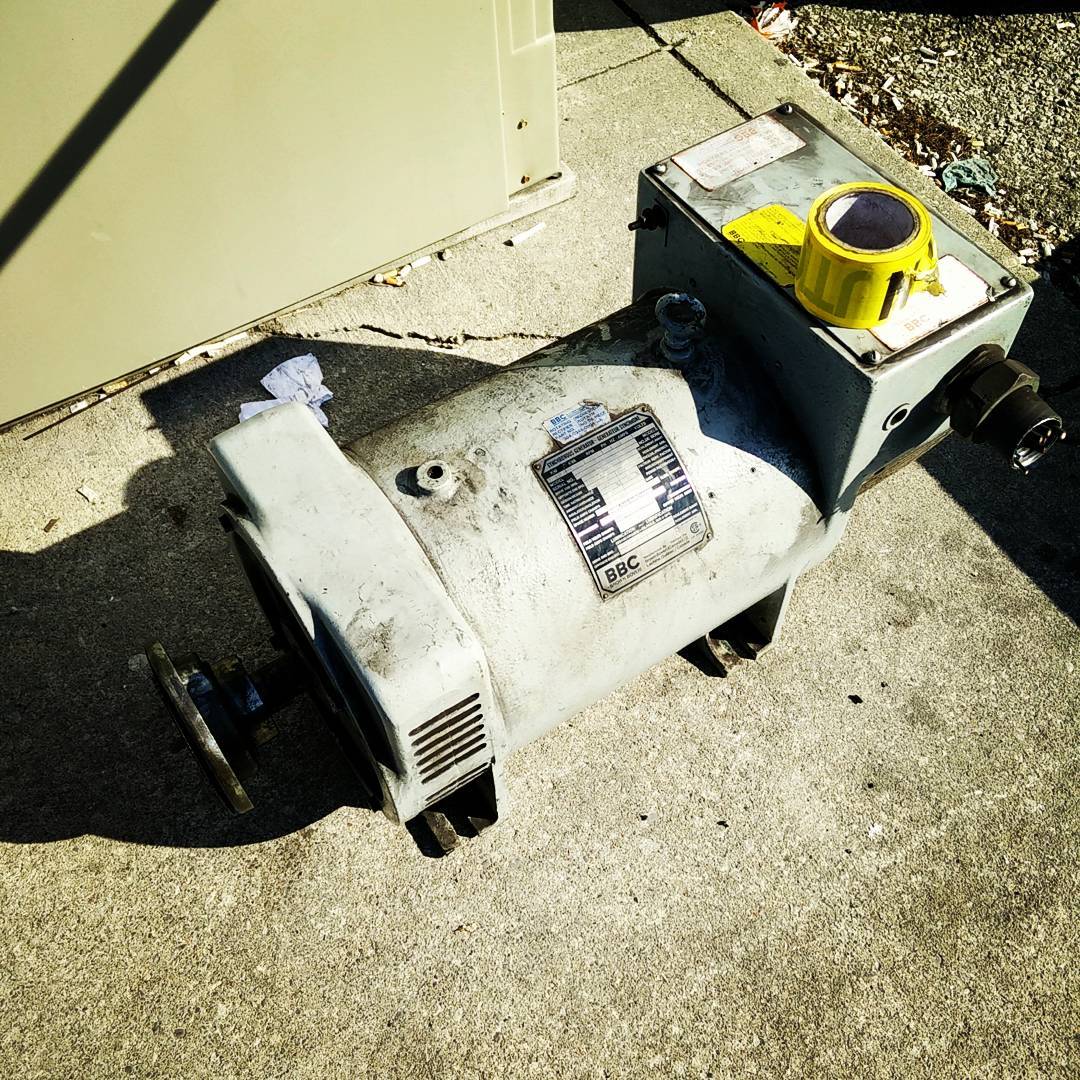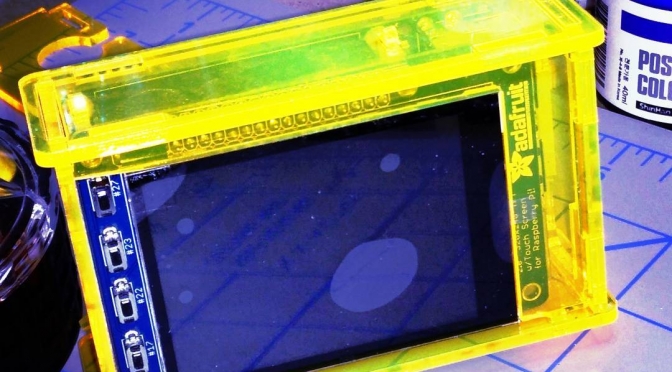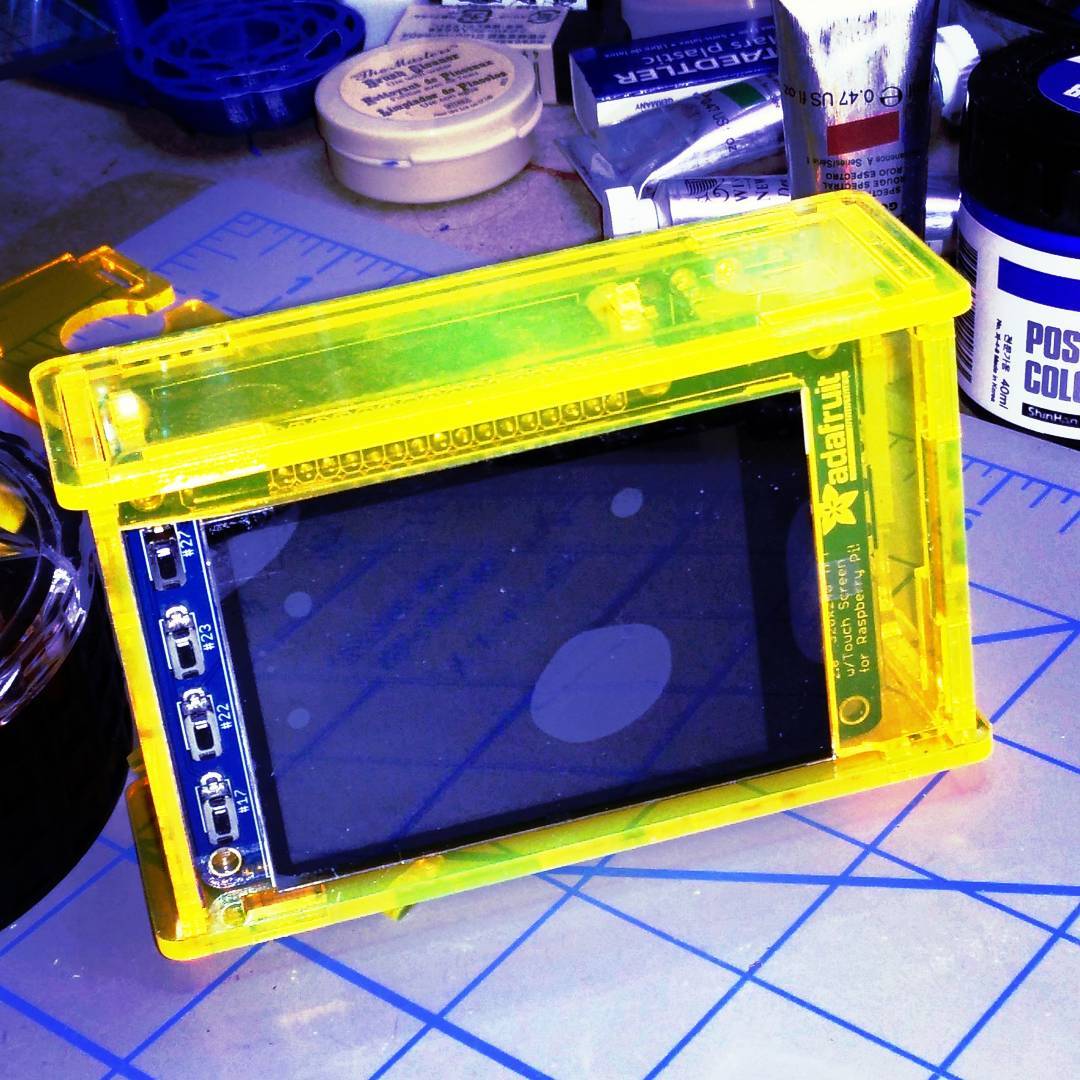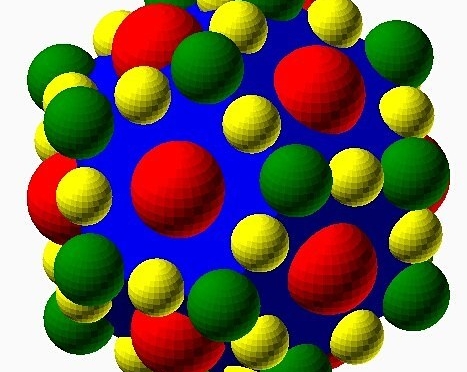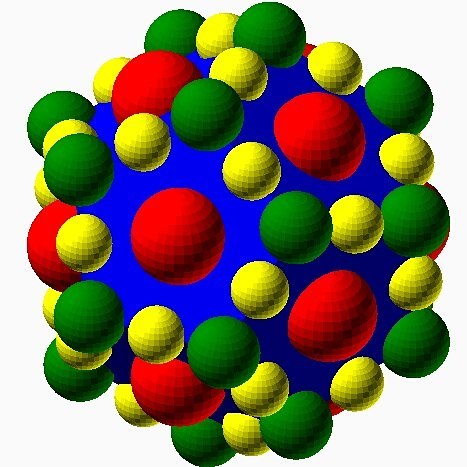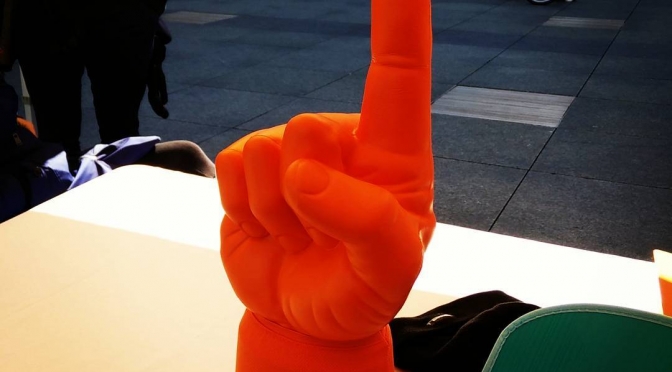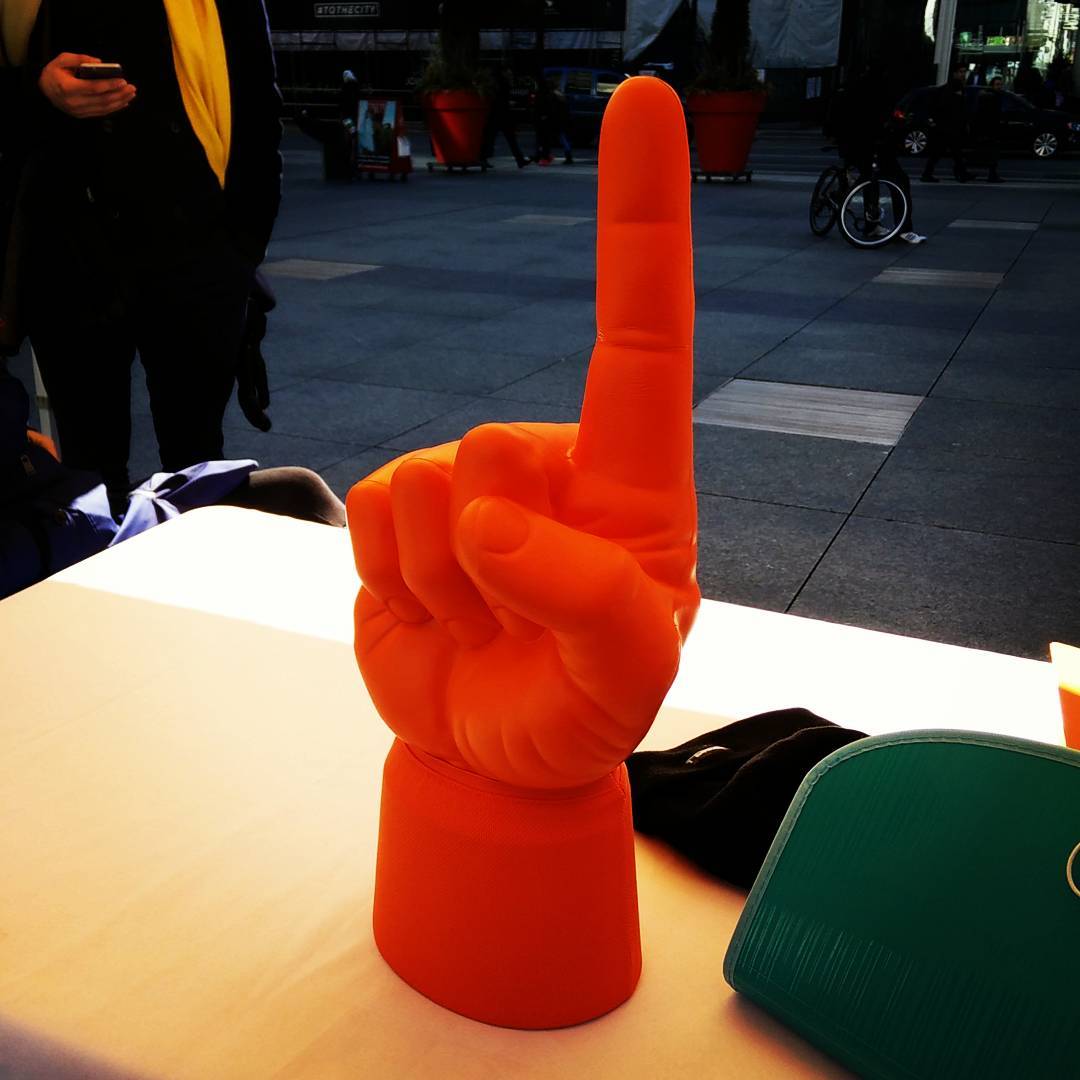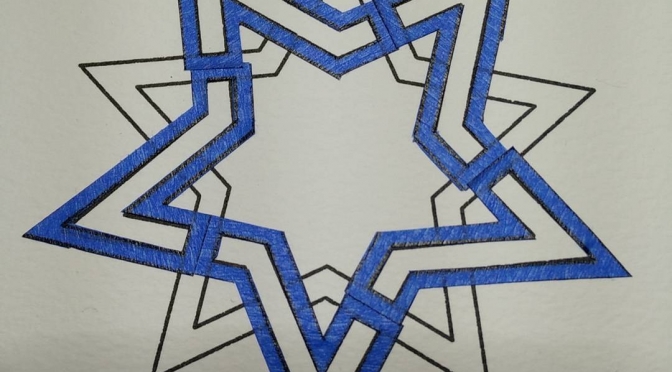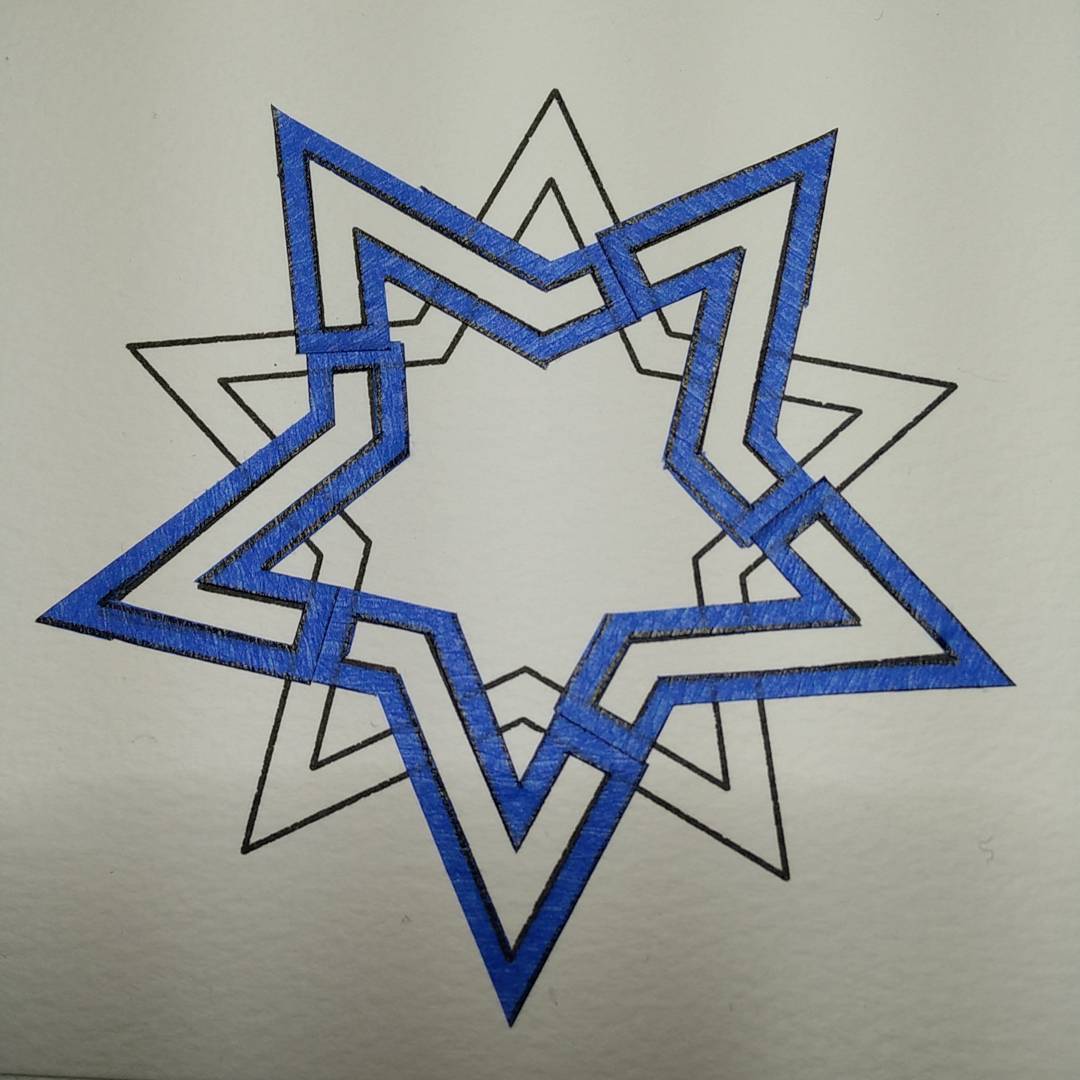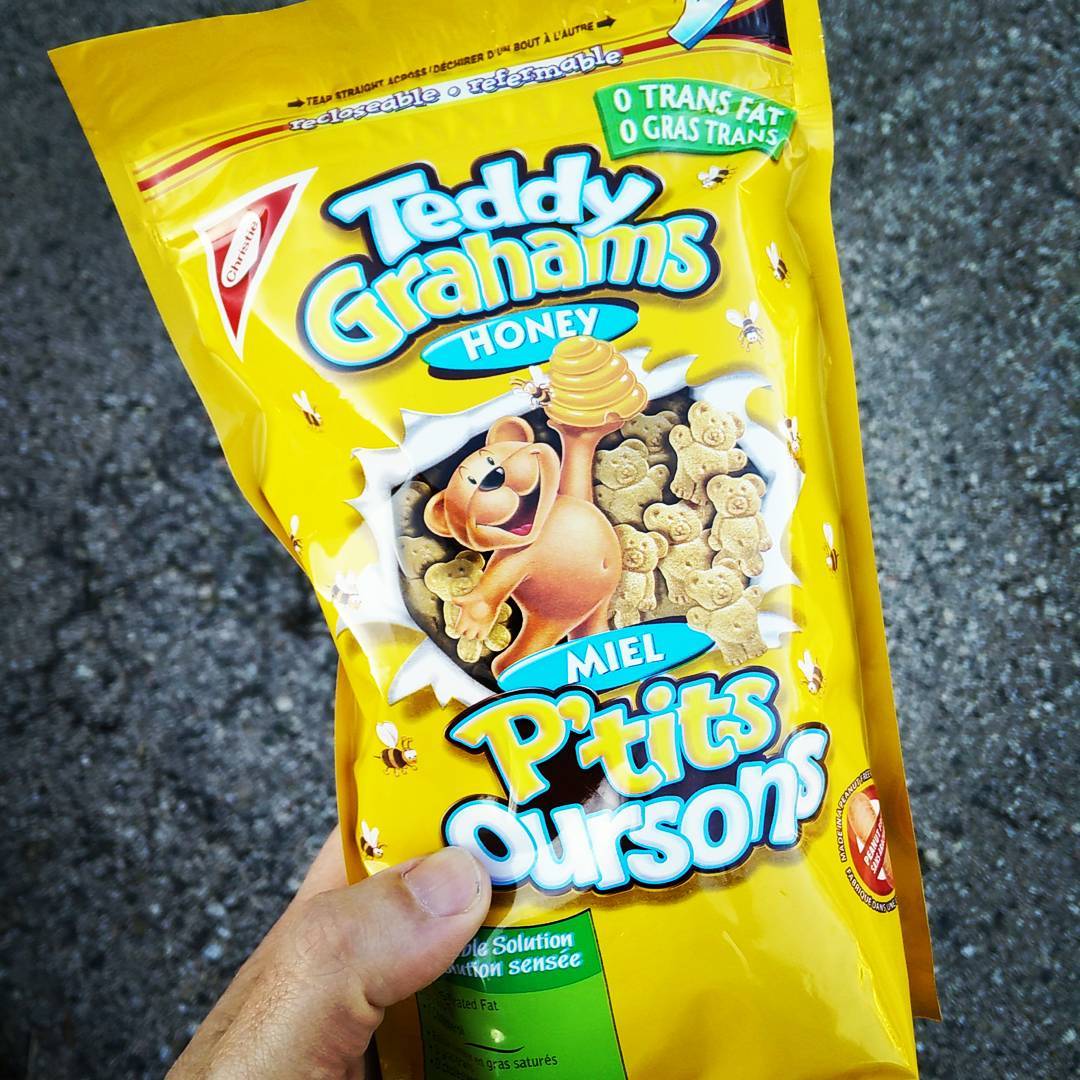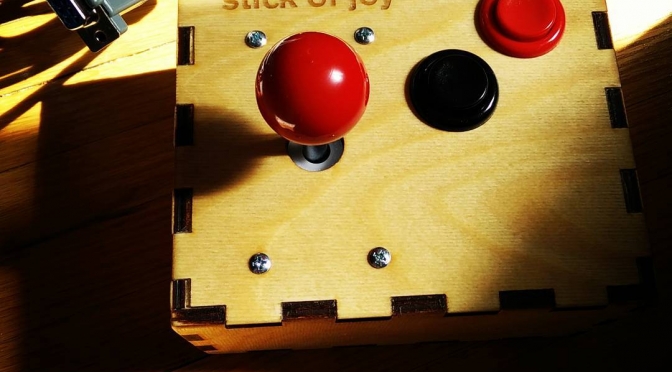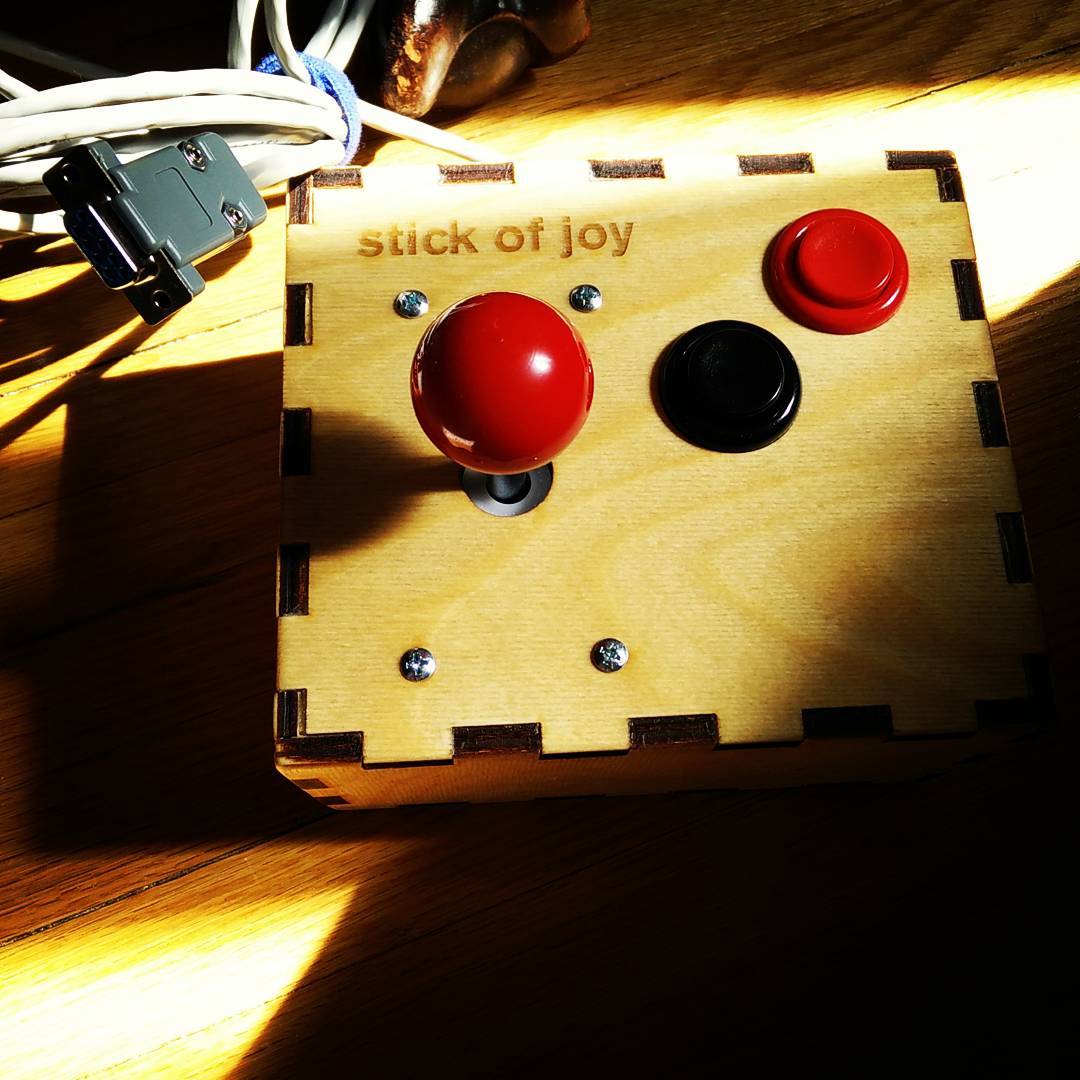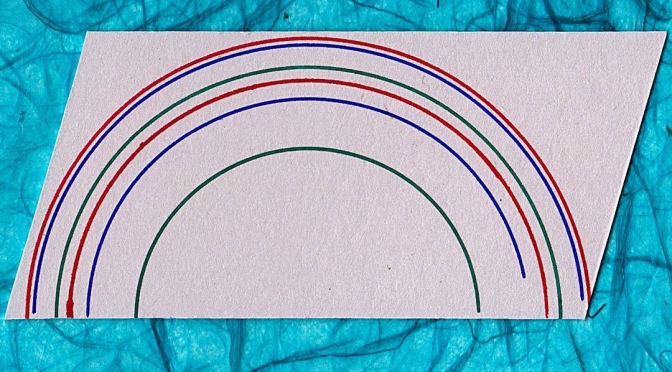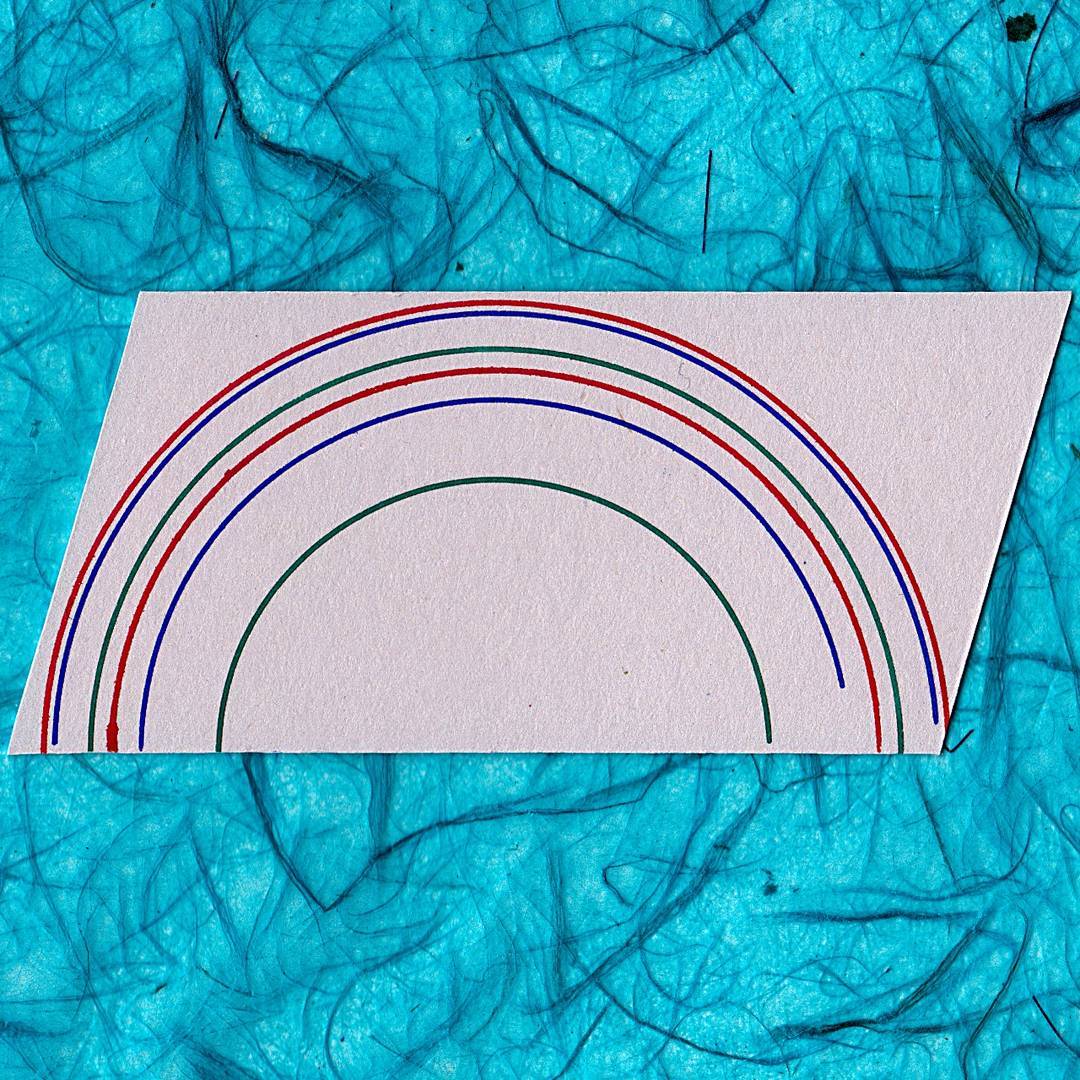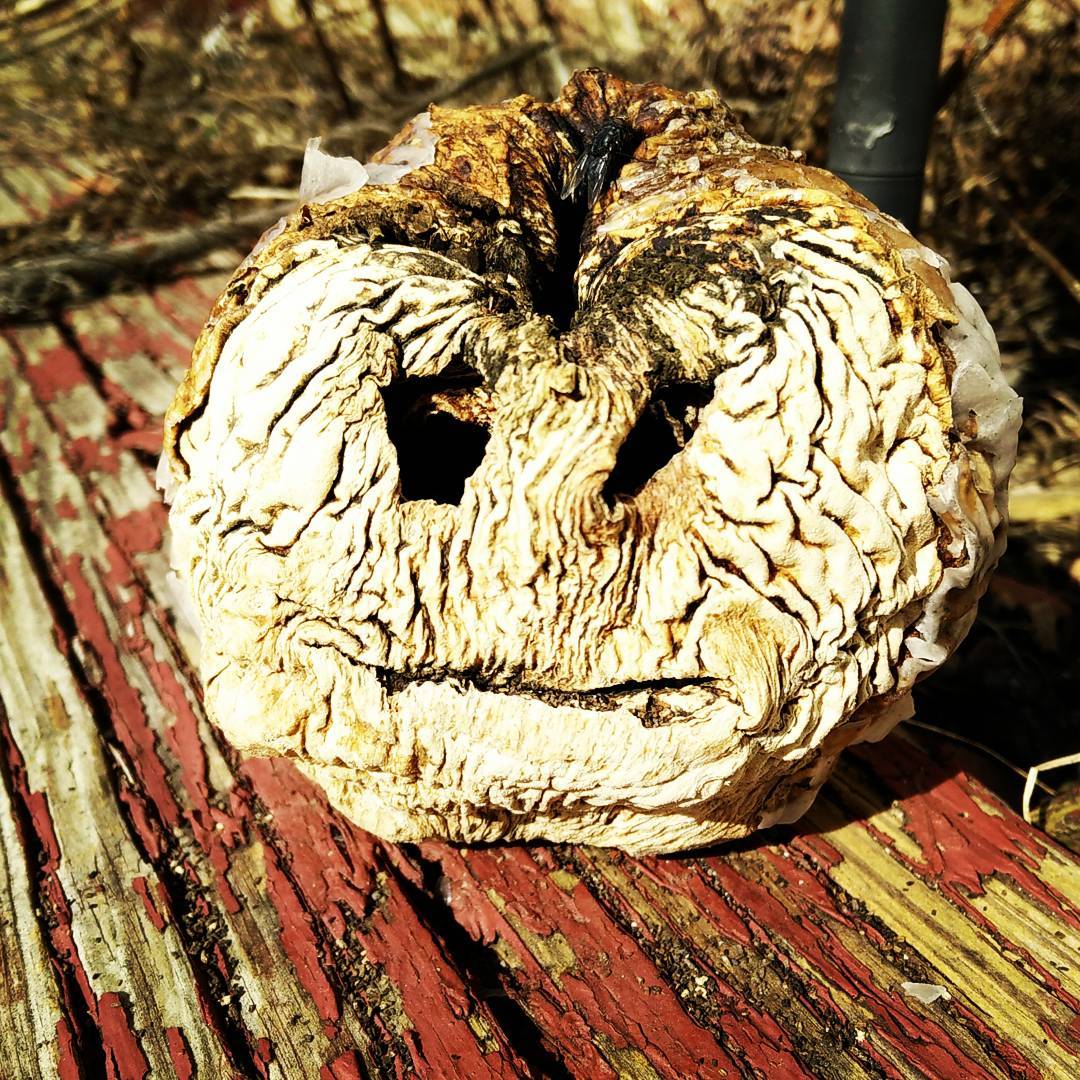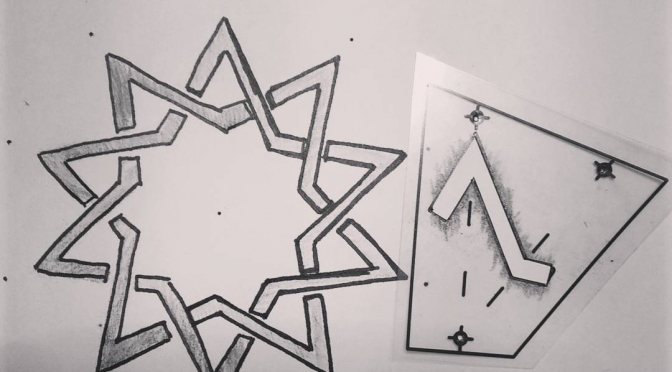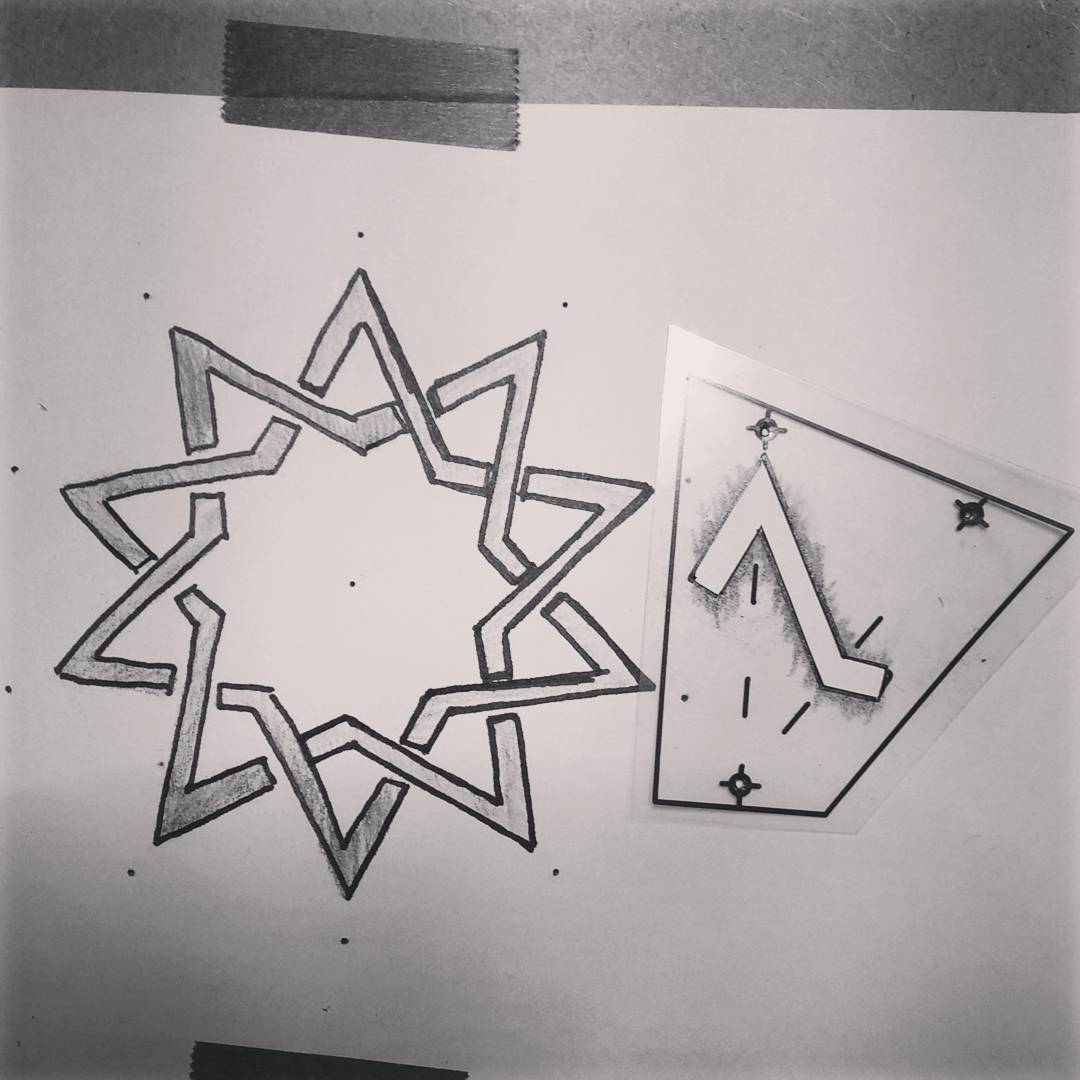Instagram filter used: Lo-fi
Blog
-
No, I don’t know where those extra squares came from, either
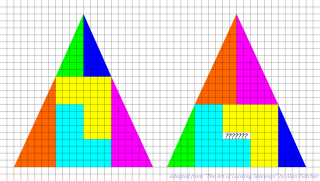 Nope, no clue. Here’s the source if you want to play with it in a vector drawing program.
Nope, no clue. Here’s the source if you want to play with it in a vector drawing program. -
Sayso Globord software archive
Update: I thought I’d work out this audio format some day. I haven’t yet, and since I no longer have the hardware, likely never will.
You may still be able to get Sayso Globord programmable LED signs in surplus stores. It’s a 7×24 LED scrolling sign that you can program with a lightpen or with audio input.
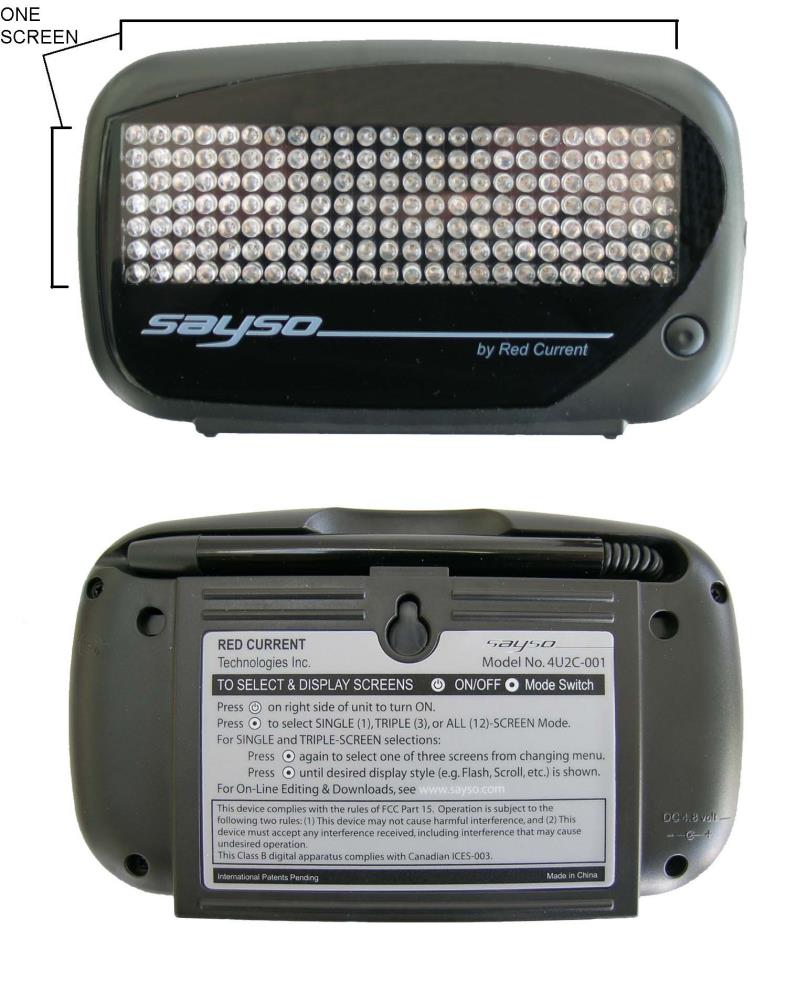
The unit comes with no software, but has a link to https://www.dropbox.com/sh/q1q9yhahwtblb23/AACpMeXQjYyD8ZWC-65vNgcxa printed on the box. (Link is still active in December 2024!). It’s an archive of the programming software, manual, and canned audio files for a whole bunch of standard messages. Here’s an archive if the dropbox link goes away: SaySo.zip
If this page goes away, the software is now on Internet Archive: SAYSO Globord LED Sign archive
The audio files used for programming the display are clearly FSK-encoded, but I haven’t quite worked out the relationship between the tones and the display bits. Here’s what I’ve worked out so far:
- Files are made up of 12 audio blocks, each about 0.9 seconds long. Each block appears to correspond to one 7×24 display screen.
- Mark (1 bit): Three cycles, 96 samples at 44100 Hz: 1378.125 Hz
- Space (0 bit): Four cycles, 256 samples at 44100 Hz: 689.0625 Hz
The editor runs nicely under DOSBox, so you can experiment and save samples as WAV files. Here’s a sample display with its corresponding audio linked underneath:
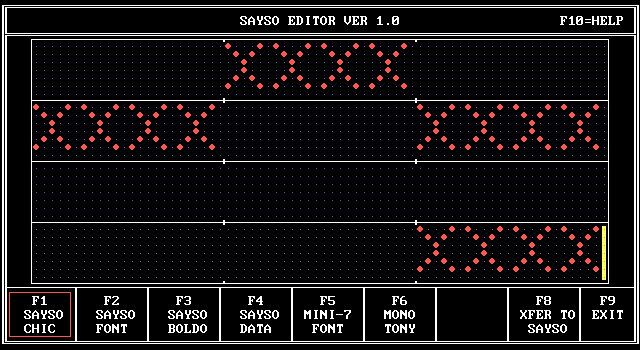
I’m not sure how much extra work I have time or inclination to put in on getting this working, but I hope that my preliminary work will be useful to someone (maybe this person).
-
Building the Stick of Joy
Update, 2017-06: I’ve updated the plans so you shouldn’t need to spend time sanding things to fit.
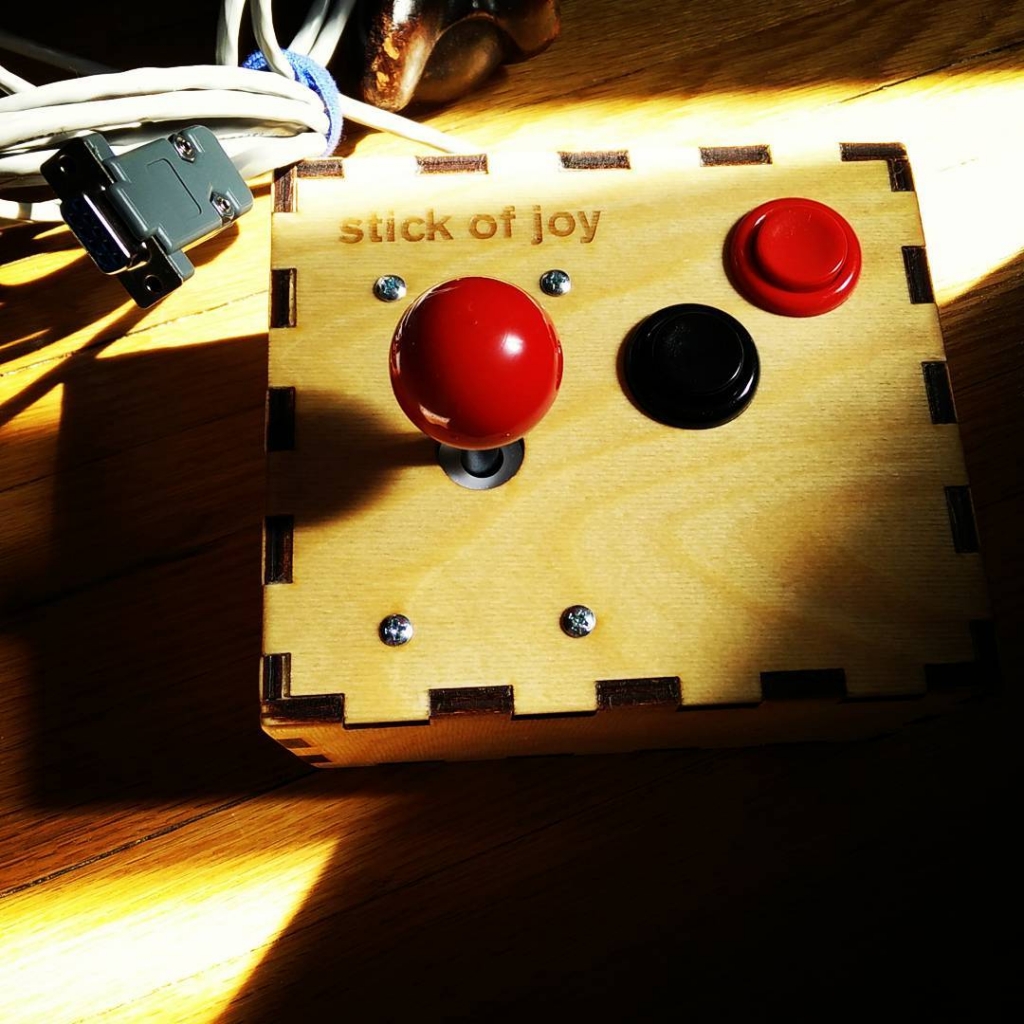 Tracking down old Atari-style joysticks for retrogaming can expensive, and it’s hard to tell if you’ll get something reliable. So I made one for less than the cost of a used stick on eBay.
Tracking down old Atari-style joysticks for retrogaming can expensive, and it’s hard to tell if you’ll get something reliable. So I made one for less than the cost of a used stick on eBay.To build this, you will need:
- 8-way joystick , or any stick compatible with the industry standard Sanwa JLF-P1 mounting plate. This has M4 holes at 84 × 40 mm.
- Two concave momentary arcade push buttons. In my built, I used an older design that’s much taller. You could make the joystick box shorter if you used these snap-in buttons.
- DE-9 (DB-9) Female Socket Connector
- Terminal block, with at least seven connectors. You’ll likely want more, so this 12 position screw terminal block should work.
- 4× M4 countersunk (oval head) machine screws with nuts and lots of washers. You’ll need washers to act as spacers between the box and the joystick mounting plate. This allows the joystick’s dust washer to move freely.
- a couple of metres of 8-core stranded signal cable
- hookup wire and spade connectors for building the button harness.
The case is made from 6.4 mm high quality plywood, using a template generated by BoxMaker. The external dimensions of the box are 163 mm x 143 mm x 83 mm. I haven’t included any kerf width in the design, so the edges should fit together easily for gluing.
Joystick box plan for download: joystick-box-201706.svg (SVG: best in Inkscape); joystick-box-201706.pdf (PDF).If you want to make your own design, here’s the top plate plan: joystick-box-top-201706.svg (SVG); joystick-box-top-201706.pdf (PDF).
The basic DE-9 pin wiring for Atari-style joysticks goes like this:
1 — Up
2 — Down
3 — Left
4 — Right
6 — Button
8 — GroundThere are many variants that add features to this scheme, however. If you’re building for a specific computer, Tomi Engdahl’s Joystick information page has the details.
Many thanks to Andrew Horsburgh for the use of Protolab‘s laser cutter.
